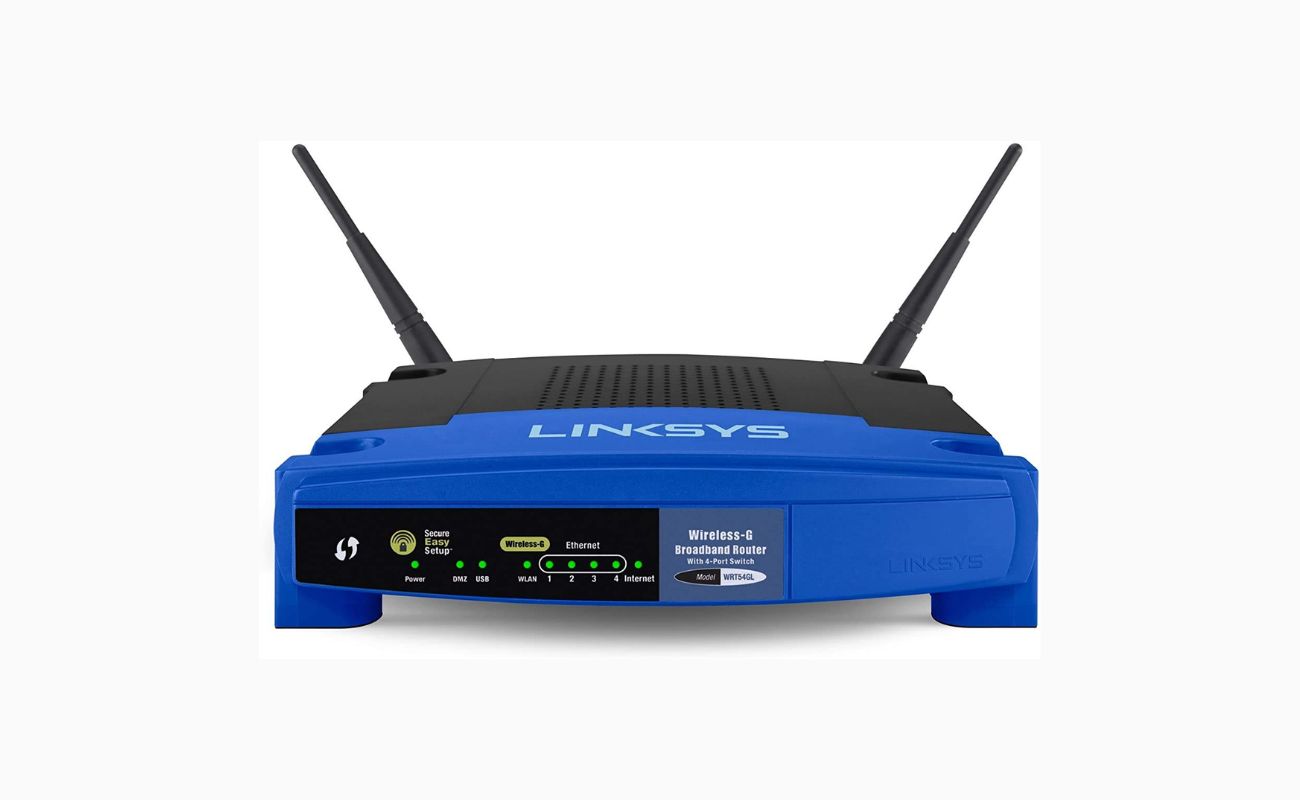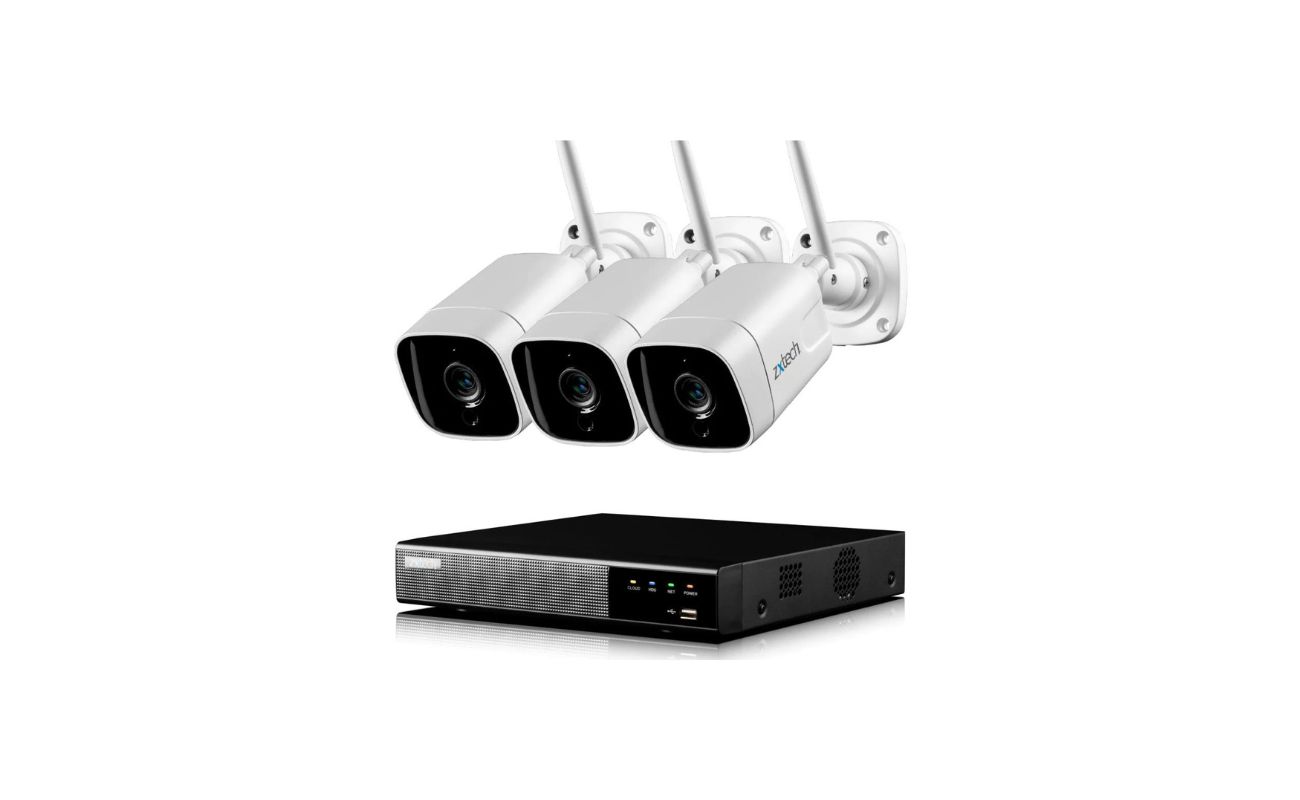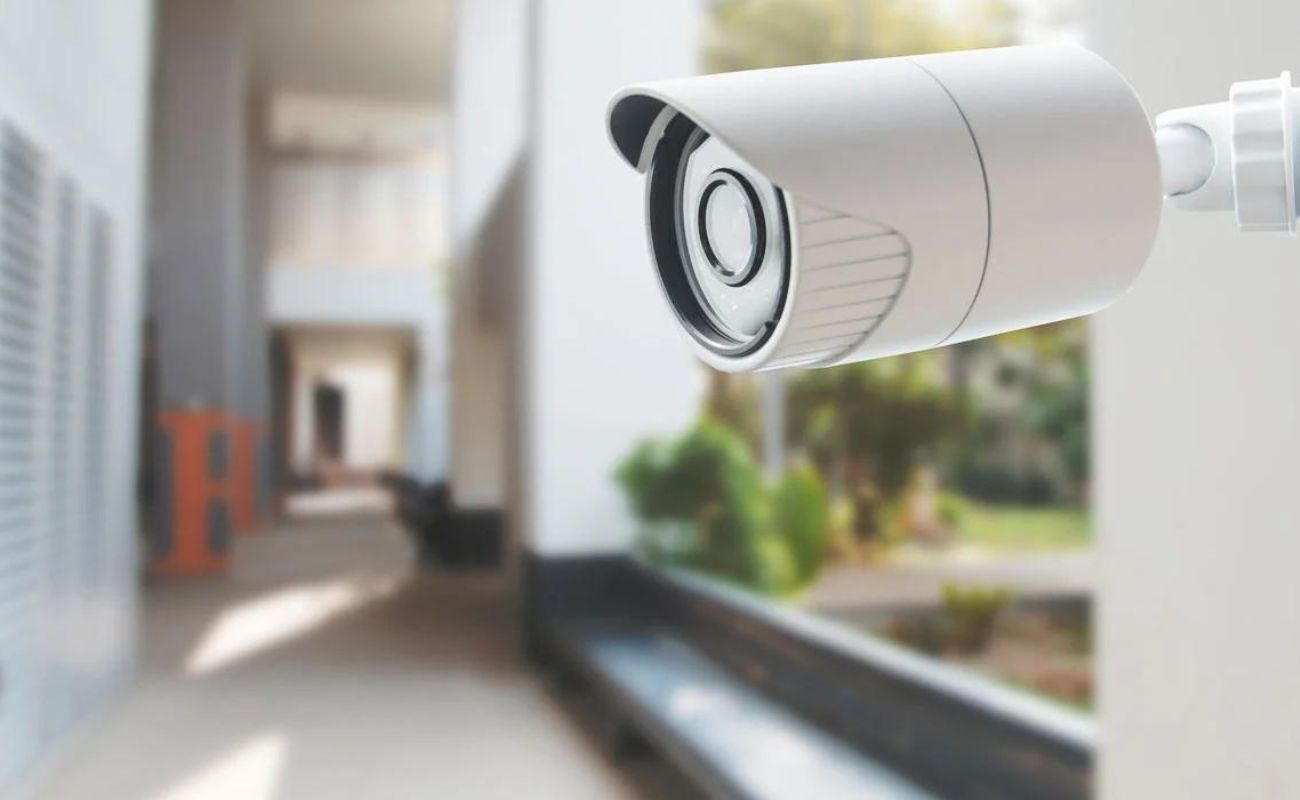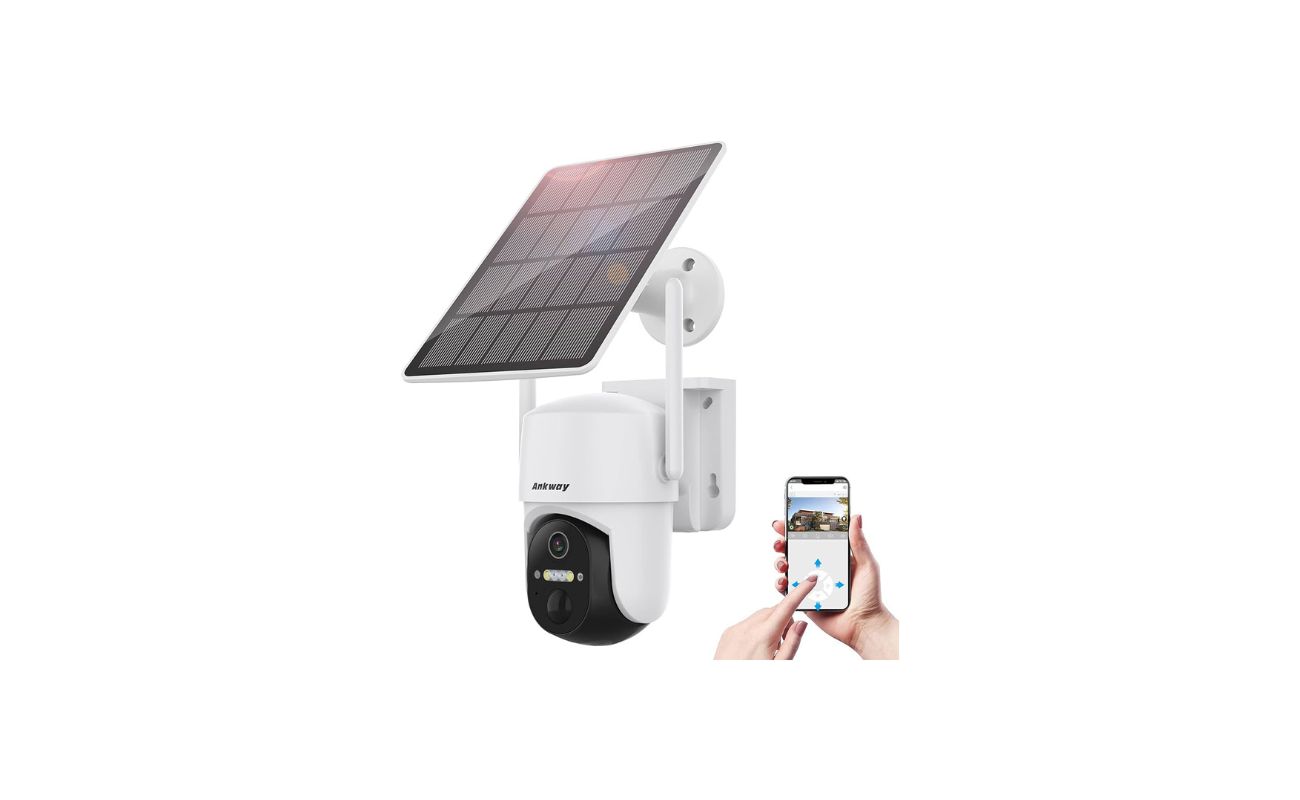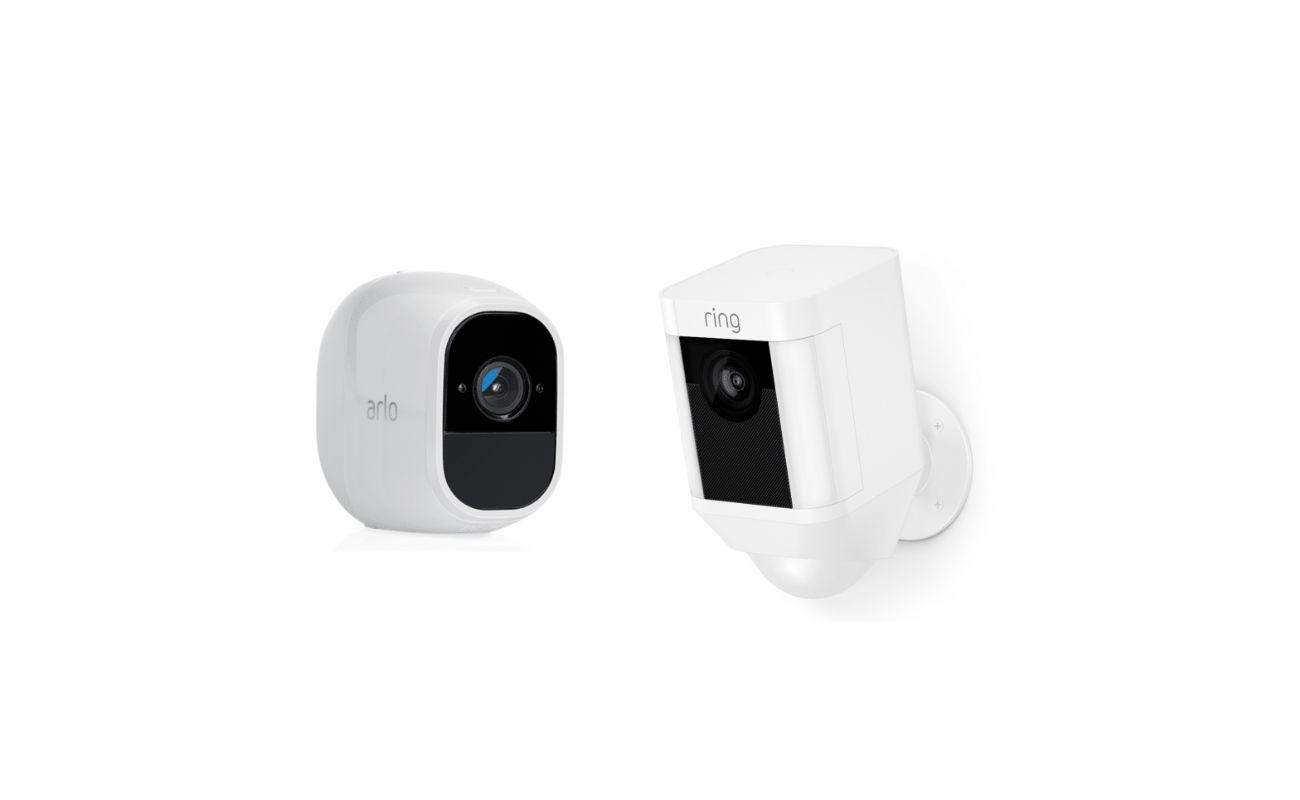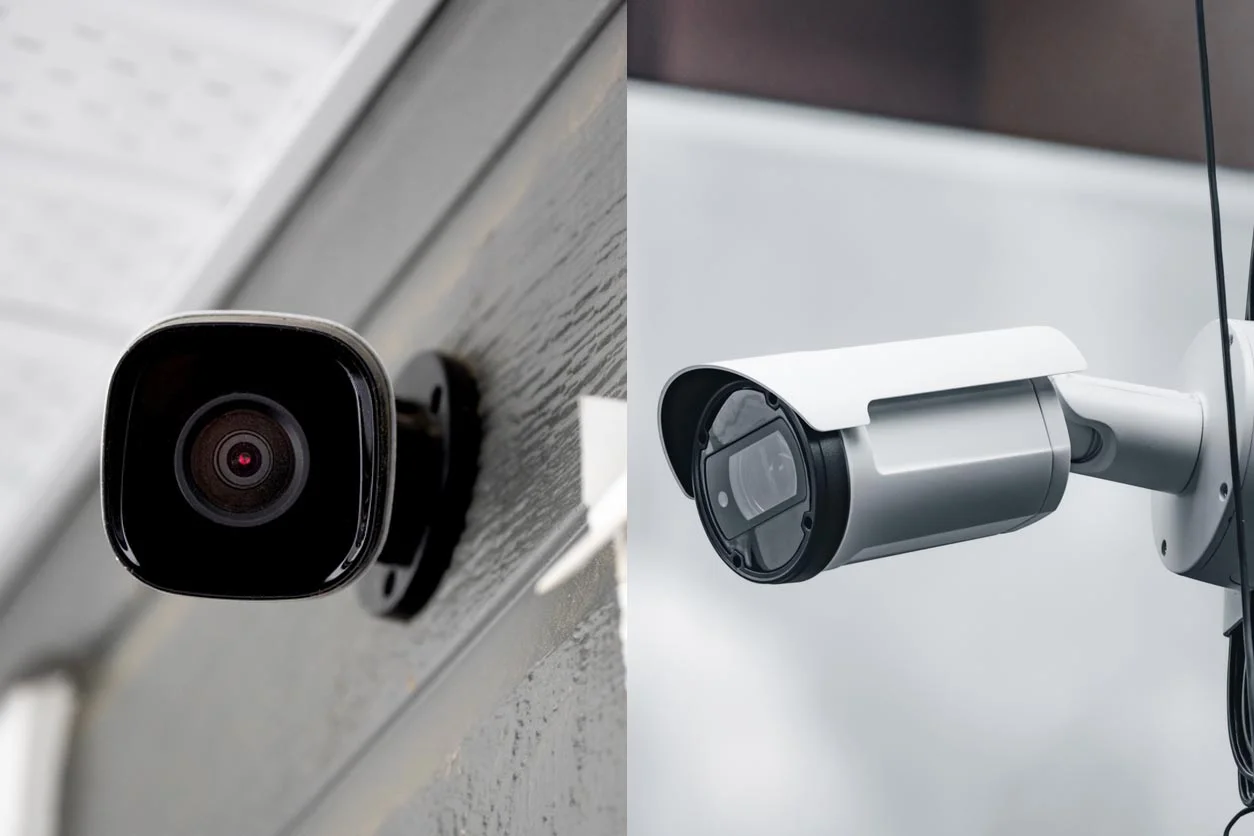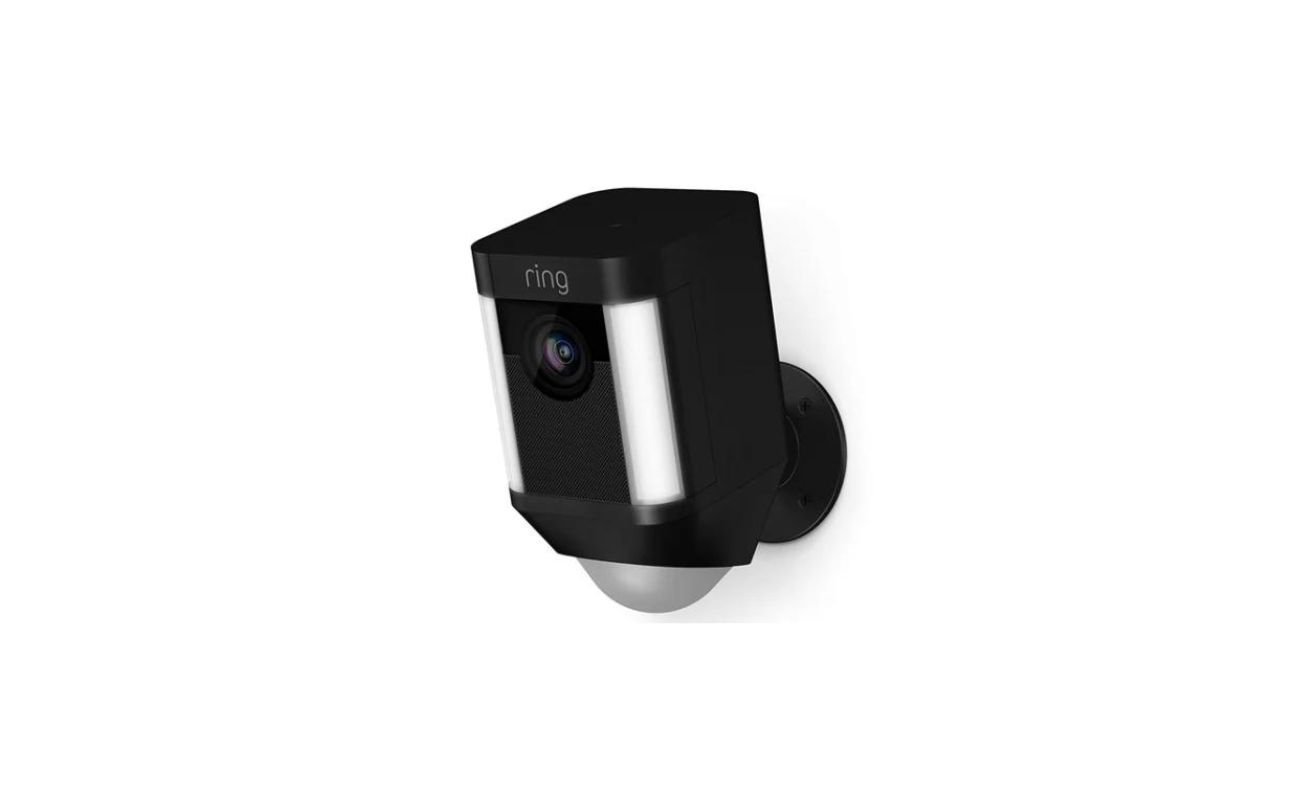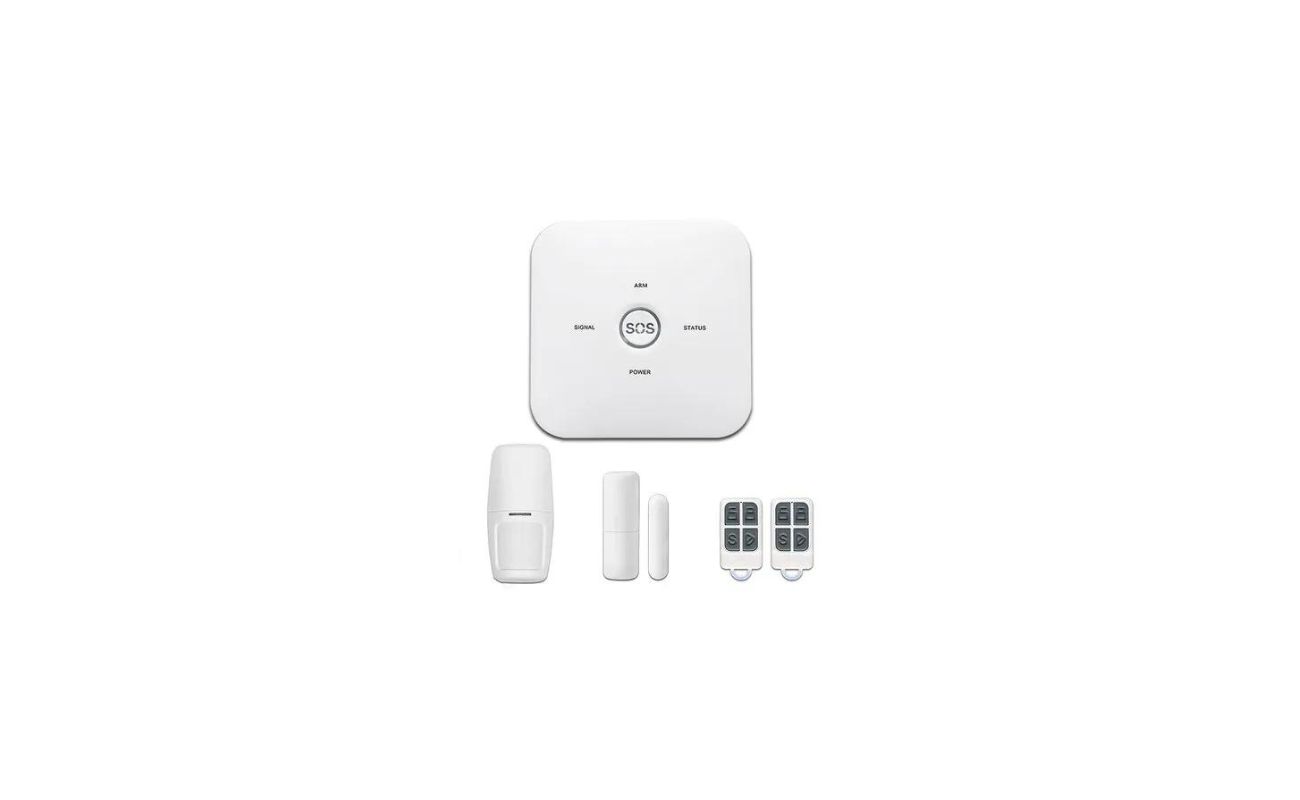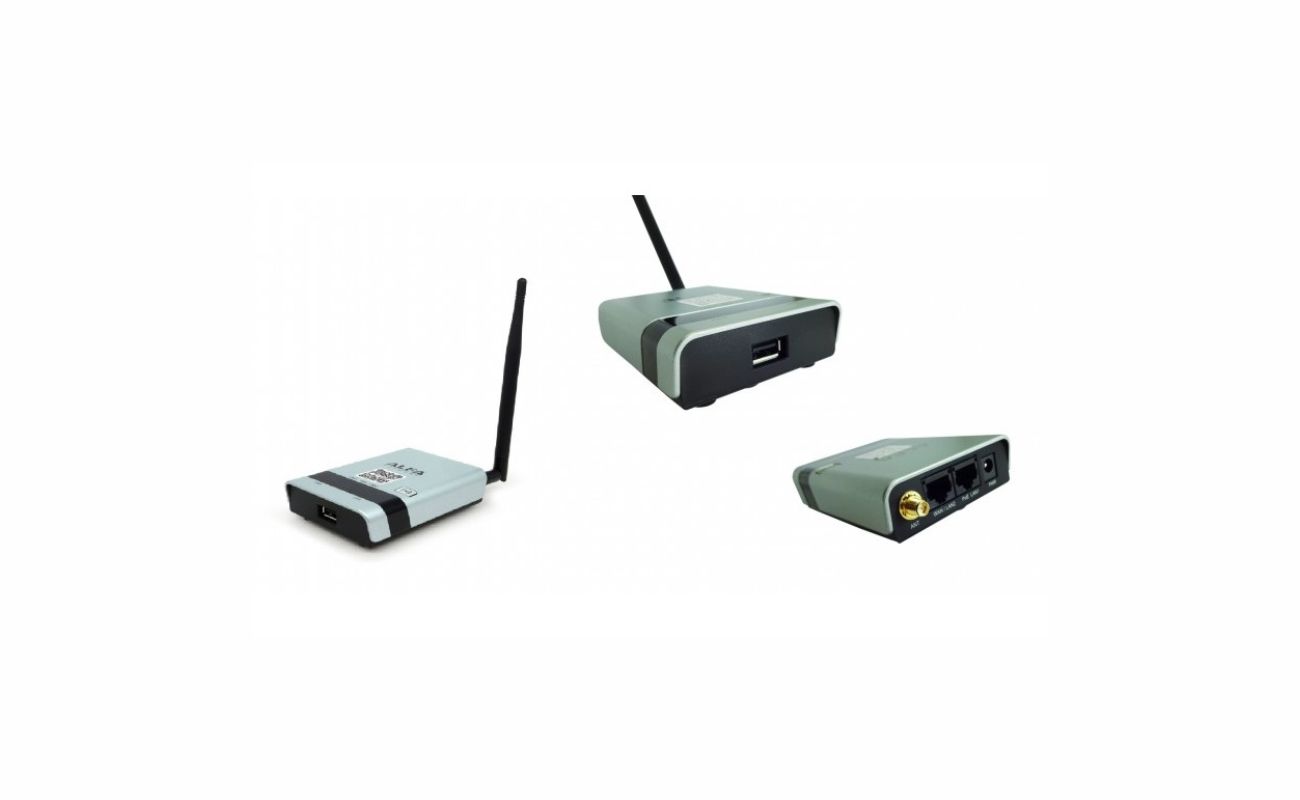Home>Home Security and Surveillance>Which Wireless Security Feature Offers The Best Defense For Wireless Networking?


Home Security and Surveillance
Which Wireless Security Feature Offers The Best Defense For Wireless Networking?
Modified: March 6, 2024
Discover the top wireless security feature for home-security-and-surveillance. Find out which one provides the best defense for your wireless networking needs.
(Many of the links in this article redirect to a specific reviewed product. Your purchase of these products through affiliate links helps to generate commission for Storables.com, at no extra cost. Learn more)
Introduction
In today’s interconnected world, wireless networking has become an integral part of our daily lives. From our homes to workplaces, wireless networks enable us to stay connected and access information on the go. However, with the rise in network vulnerabilities and cyber threats, securing your wireless network is crucial to safeguard your data and protect your privacy.
When it comes to wireless security, there are several options available, each with its own strengths and weaknesses. In this article, we will explore the various wireless security features and determine which one offers the best defense for your wireless networking needs.
It is important to note that while all wireless security features aim to provide a layer of protection, they differ in terms of encryption strength, compatibility, and resistance to hacking attempts. By understanding these differences, you can make an informed decision and ensure the security of your wireless network.
So let’s dive into the world of wireless security and examine the different features available to protect your network.
Key Takeaways:
- Upgrade to WPA3 for the highest wireless security. Its individualized data encryption and strong authentication offer the best defense against cyber threats.
- If WPA3 is not available, WPA2 is a reliable choice for robust wireless security. Regular updates and strong passphrases are essential for network protection.
WEP (Wired Equivalent Privacy)
WEP, or Wired Equivalent Privacy, was the first wireless security protocol introduced in the late 1990s. It aimed to provide a level of security equivalent to that of a wired network. However, over time, it has been found to have several vulnerabilities and is no longer considered a reliable choice for securing wireless networks.
One of the main weaknesses of WEP is its use of a static encryption key. This means that the same encryption key is used for all communications on the network, making it easy for attackers to intercept and decode data. Additionally, WEP uses a weak encryption algorithm known as RC4, which can be cracked using various tools and techniques.
Another issue with WEP is its lack of key management. Since the encryption key is static, it can be difficult to change without reconfiguring all devices on the network. This makes it impractical for frequent key changes, which is essential for maintaining security.
Furthermore, WEP does not provide any protection against message integrity. This means that an attacker can modify the contents of a transmitted message without detection, leading to potential data tampering.
Due to its vulnerabilities, WEP has largely been replaced by more secure wireless security protocols. While it may still be supported by older devices and routers, it is highly recommended to upgrade to a more advanced security feature to ensure the protection of your wireless network.
In the next sections, we will explore the newer and more robust wireless security features available, such as WPA, WPA2, and WPA3.
WPA (Wi-Fi Protected Access)
As the vulnerabilities of WEP became apparent, Wi-Fi Protected Access (WPA) was introduced as a more secure alternative. It was designed to address the flaws in WEP and provide enhanced wireless security.
WPA implements stronger encryption algorithms such as Temporal Key Integrity Protocol (TKIP), which dynamically generates encryption keys for each packet of data transmitted. This makes it considerably more difficult for attackers to crack the encryption and gain access to the network.
Another key feature of WPA is the use of a passphrase or a Pre-Shared Key (PSK) for authentication. This passphrase is shared between the wireless router and the devices connecting to the network, preventing unauthorized access.
WPA also introduced support for the 802.1X authentication framework, which allows for more advanced authentication methods such as digital certificates and username/password combinations. This further strengthens the security of the wireless network.
While WPA brought significant improvements over WEP, it still had some limitations. One of the main drawbacks was its susceptibility to brute-force attacks on the passphrase. If the passphrase is weak or easily guessable, it can be exploited by attackers to gain unauthorized access to the network.
Despite its limitations, WPA remains a viable option for securing wireless networks, especially for older devices that do not support newer security protocols. However, it is recommended to upgrade to the more advanced WPA2 or WPA3 whenever possible to ensure the highest level of wireless security.
Next, we will explore the benefits of WPA2, the successor of WPA and currently one of the most widely used wireless security features.
WPA2 (Wi-Fi Protected Access II)
With the aim of further enhancing wireless security, Wi-Fi Protected Access 2 (WPA2) was introduced as the successor to WPA. It builds upon the foundation laid by WPA and offers even stronger encryption and authentication mechanisms.
One of the key improvements in WPA2 is the use of the Advanced Encryption Standard (AES) algorithm, which is considered highly secure and resistant to attacks. AES provides a higher level of encryption strength compared to the older TKIP used in WPA, making it significantly more difficult for attackers to crack the encryption keys.
Another significant enhancement in WPA2 is the introduction of the CCMP (Counter Mode with Cipher Block Chaining Message Authentication Code Protocol) protocol, which ensures the integrity and authenticity of data packets transmitted over the network. CCMP provides protection against data tampering and ensures that the transmitted data remains unchanged during the transmission process.
Similar to WPA, WPA2 also supports the use of a passphrase or a Pre-Shared Key (PSK) for authentication. However, as with any security measure, the strength of the passphrase is crucial. It is recommended to use a complex and unique passphrase to minimize the risk of brute-force attacks.
WPA2 is widely adopted and considered the industry standard for securing wireless networks. It provides robust encryption and authentication mechanisms, making it highly resistant to most common wireless attacks. However, it is important to keep in mind that WPA2 is not invulnerable to all forms of attacks, and regular security updates and firmware patches from the router manufacturer are essential to keep the network protected.
While WPA2 offers a strong level of security, technology continues to evolve, and new threats emerge. Therefore, it is worth exploring the latest wireless security feature, WPA3, which introduces additional enhancements and protection mechanisms.
Enable WPA3 encryption on your wireless network for the best defense. It provides stronger security and protection against hacking compared to older encryption methods like WEP or WPA2.
WPA3 (Wi-Fi Protected Access III)
Recognizing the need for continued improvement in wireless security, the Wi-Fi Alliance introduced Wi-Fi Protected Access 3 (WPA3) as the latest and most advanced wireless security protocol. WPA3 aims to address the vulnerabilities of its predecessors and provide enhanced protection for wireless networks.
One of the primary features of WPA3 is the use of individualized data encryption. With WPA3, each device connected to the network has its own unique encryption key, adding a layer of security that protects against attacks on one device compromising the security of the entire network. This feature, known as Opportunistic Wireless Encryption (OWE), ensures that even if an attacker captures data from one device, they cannot decrypt the data transmitted by other devices on the network.
Another significant improvement in WPA3 is the elimination of insecure authentication methods, such as the use of weak passwords. WPA3 introduces Simultaneous Authentication of Equals (SAE), also known as Dragonfly Key Exchange, which provides stronger password-based authentication. SAE protects against brute-force attacks and makes it more difficult for attackers to guess or crack the password.
Additionally, WPA3 enhances the security of open Wi-Fi networks. Public Wi-Fi hotspots often lack encryption, leaving users vulnerable to data interception and unauthorized access. WPA3 addresses this concern through the use of a feature called Enhanced Open, which encrypts network traffic even in open Wi-Fi networks, providing better privacy and security for users.
While WPA3 offers significant security enhancements, it is important to note that not all devices support this latest protocol. Compatibility may vary, and it is crucial to ensure that both your wireless router and connected devices are WPA3 capable to fully benefit from the added security measures.
With its improved encryption, individualized data protection, and stronger authentication methods, WPA3 sets a new standard for wireless security. As technology advances and threats evolve, WPA3 provides a solid foundation for safeguarding your wireless network.
In the next section, we will compare the key features and benefits of these different wireless security protocols to help you make an informed decision about which one offers the best defense for your wireless networking needs.
Comparison of Wireless Security Features
Now that we have explored the various wireless security features – WEP, WPA, WPA2, and WPA3 – let’s compare them to determine which one offers the best defense for your wireless networking needs:
- Encryption Strength: WEP is the weakest in terms of encryption, while WPA, WPA2, and WPA3 offer increasingly stronger encryption algorithms. WPA2 and WPA3, with their use of AES, provide a significantly higher level of encryption compared to WEP and even WPA.
- Authentication Methods: WEP and WPA use a shared passphrase or Pre-Shared Key (PSK) for authentication, while WPA2 and WPA3 introduce stronger authentication mechanisms such as WPA2’s CCMP and WPA3’s SAE. These advanced methods provide better protection against brute-force attacks and unauthorized access.
- Data Protection: WEP and WPA offer limited protection for data transmission, while WPA2 and WPA3 prioritize data integrity and authenticity. WPA3’s individualized data encryption and enhanced open Wi-Fi network protection provide added security measures.
- Compatibility: WEP is widely supported but is considered outdated and insecure. WPA and WPA2 are more widely adopted and supported by most devices and routers. WPA3 is the newest protocol and may not be supported by all devices at this time.
- Resistance to Attacks: WEP is highly susceptible to various attacks, while WPA, WPA2, and WPA3 provide increased resistance to common wireless attacks such as brute-force attacks and encryption cracking.
Based on these comparisons, it is clear that WEP should be avoided due to its inherent vulnerabilities. While WPA remains a viable option for older devices, WPA2 and WPA3 offer stronger security features and are recommended for modern wireless networks.
If your devices and router support WPA3, it is advisable to upgrade to this latest protocol for the highest level of security. However, if WPA3 is not available, WPA2 is still a reliable choice, providing excellent protection for your wireless network.
Ultimately, the choice of wireless security feature depends on your specific needs and device compatibility. Regularly updating your router’s firmware and using strong, unique passphrases are fundamental steps to maintain the security of your wireless network, regardless of the security protocol you choose.
By taking the necessary precautions and selecting the appropriate wireless security feature, you can ensure that your wireless network remains secure and your data is protected from potential threats.
Conclusion
Securing your wireless network is of paramount importance in today’s digital age. With the increasing number of cyber threats and vulnerabilities, it is crucial to choose the right wireless security feature that offers the best defense for your networking needs.
In this article, we explored the different wireless security features – WEP, WPA, WPA2, and WPA3 – and compared their strengths and weaknesses. It is evident that WEP, with its known vulnerabilities, should be avoided in favor of more advanced security protocols.
While WPA and WPA2 have served as reliable options for securing wireless networks over the years, the newer WPA3 introduces significant enhancements in encryption, authentication, and data protection. If your devices and router support WPA3, it is highly recommended to upgrade to this latest protocol for the highest level of security.
However, if WPA3 is not available, WPA2 remains a robust choice, providing strong encryption, authentication, and resistance to attacks.
Regardless of the wireless security feature you choose, it is essential to regularly update your router’s firmware and use strong, unique passphrases to strengthen your network’s security.
Remember, no security measure is foolproof, and staying vigilant is crucial. Regularly monitor your network, be aware of possible vulnerabilities, and take immediate action to mitigate any threats.
By implementing the right wireless security feature and following best practices, you can ensure the protection of your wireless network, safeguard your data, and enjoy a safe and secure online experience.
Choose wisely, stay informed, and keep evolving your wireless security measures to stay one step ahead of potential threats.
Frequently Asked Questions about Which Wireless Security Feature Offers The Best Defense For Wireless Networking?
Was this page helpful?
At Storables.com, we guarantee accurate and reliable information. Our content, validated by Expert Board Contributors, is crafted following stringent Editorial Policies. We're committed to providing you with well-researched, expert-backed insights for all your informational needs.
